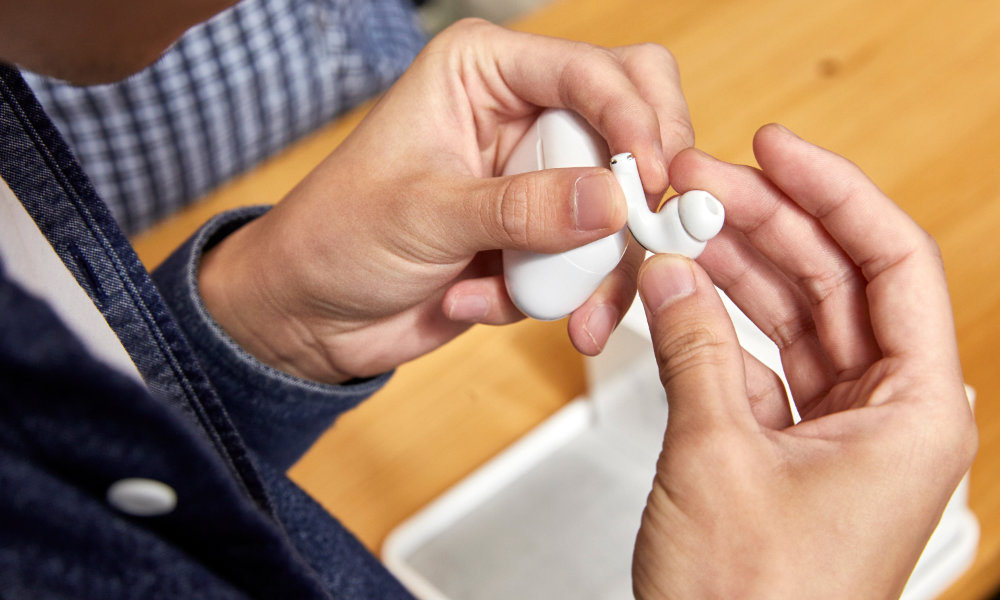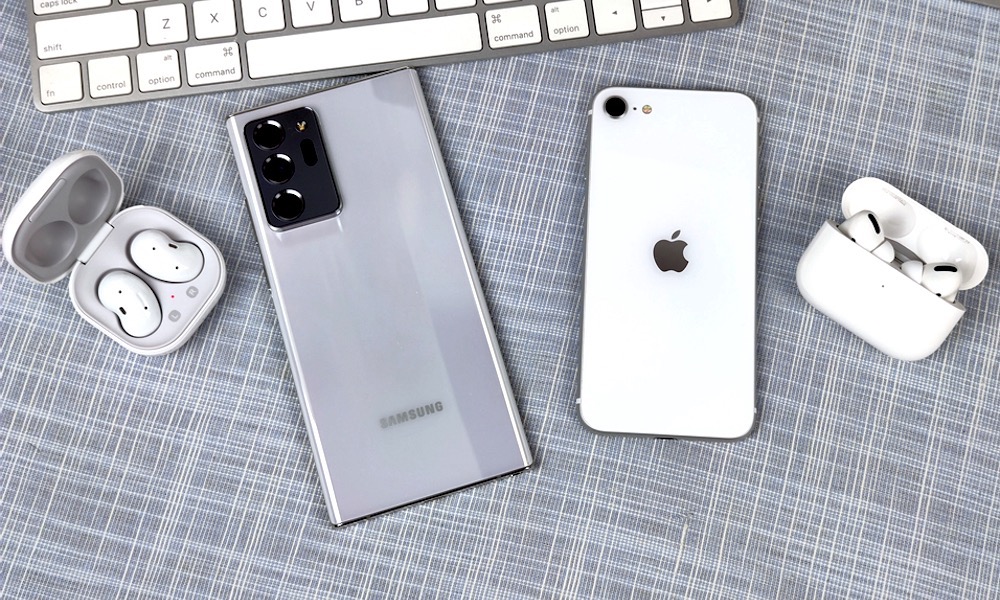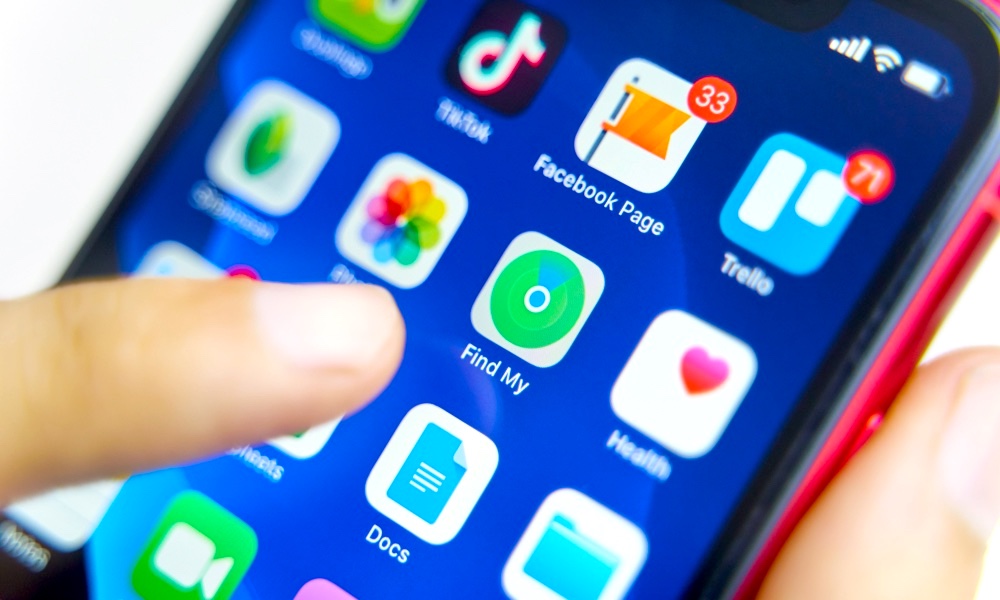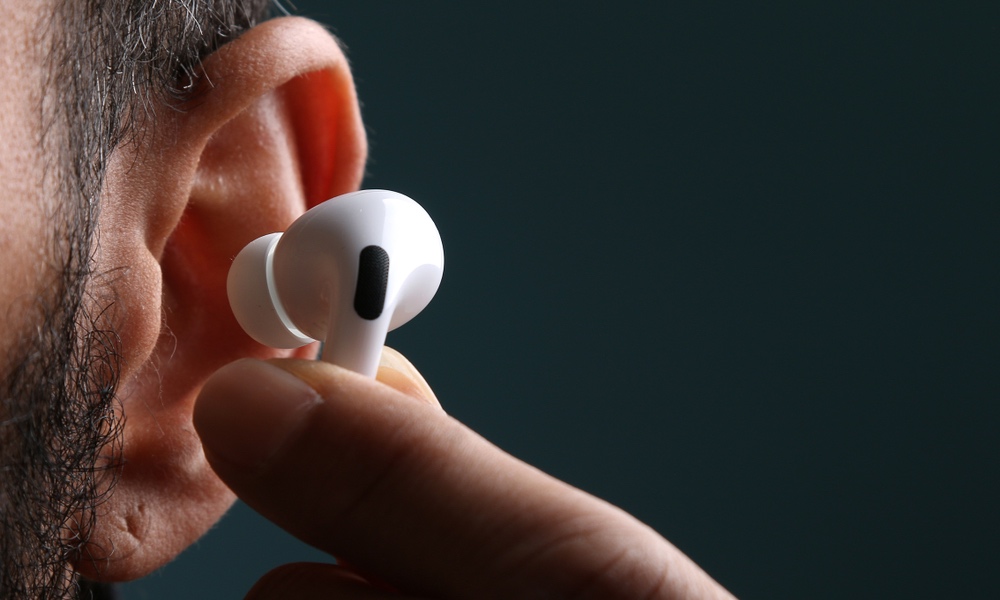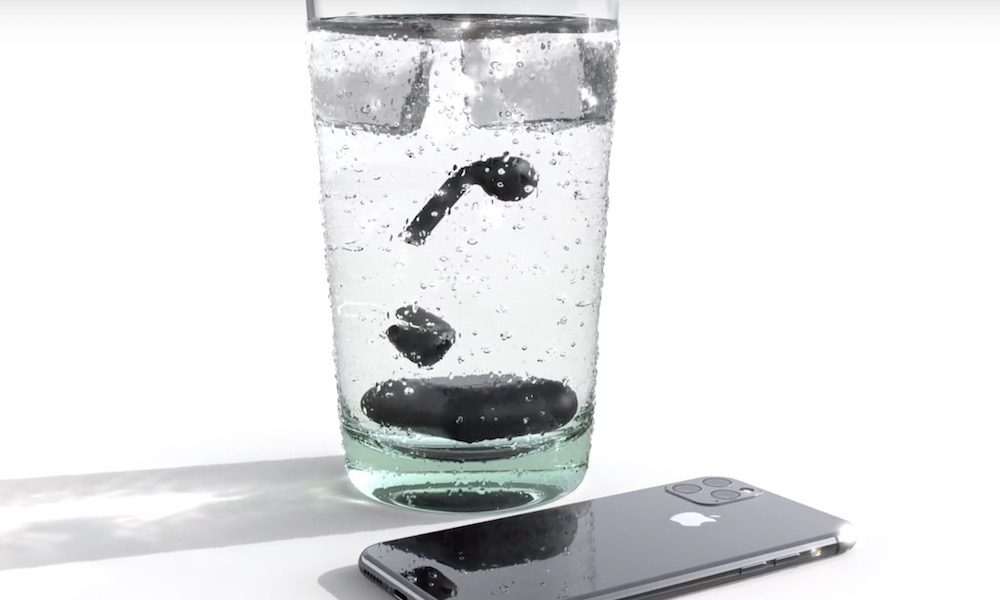Troubleshooting the 7 Most Common AirPods Problems in 2021
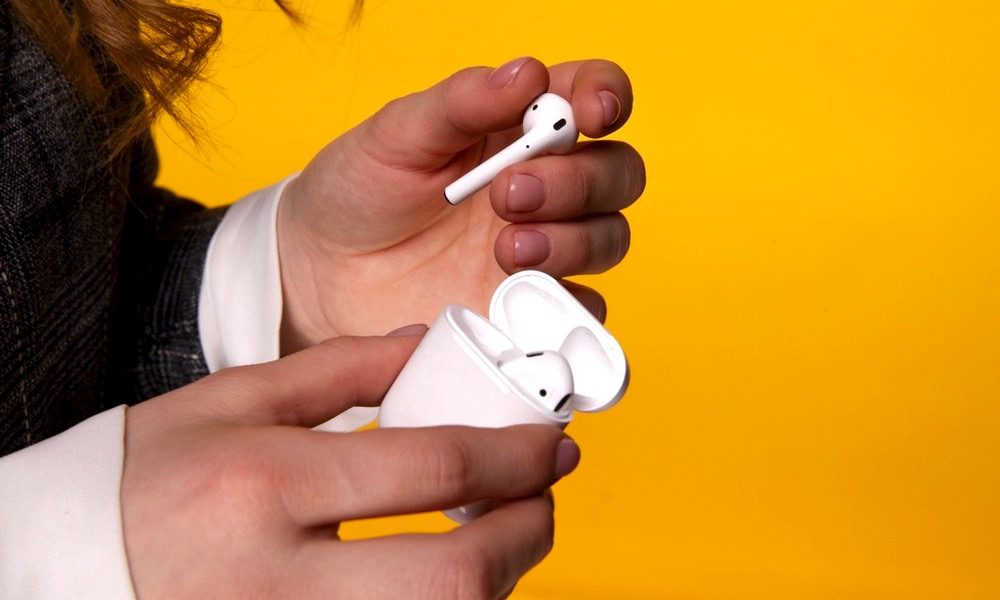 Credit: Burdun Iliya / Shutterstock
Credit: Burdun Iliya / Shutterstock
Toggle Dark Mode
Getting or upgrading to new AirPods is an exciting and satisfying sound experience. But when your AirPods stop working, it’s the opposite feeling – especially if something else unexpected pops up. Continue reading to browse the most common problems other users and ourselves have run into and what you should do to get your AirPods back in working order. Don’t worry; most of the fixes are quick and straightforward!
AirPods Connection Was Suddenly Lost
Start by checking to see if you are too far away from your device – it happens! If sound cuts in and out even when you are close to your device, you may be experiencing a lot of distortion from surrounding electronics or appliances. Try moving everything away and see if that helps.
If none of that works, return your AirPods to the case and close it. Wait about 10 seconds, then open the case again and see if you can successfully reconnect.
If this easy reboot doesn’t work, then unpair the AirPods from your Bluetooth connections and re-pair on your device.
If this still doesn’t work, turn off Bluetooth on your device, power down, reboot, and turn Bluetooth back on.
If nothing is working, it’s possible you have a faulty AirPod, especially if only one Pod is having connection problems. This is a sign that you should take your AirPods to an Apple Store or related affiliate for service. If you have an AppleCare plan, you may be able to get an extra AirPod for free.
There’s No AirPod Sound
Always start by checking your volume settings. Usually, volume settings were muted or unknowingly changed, and can be quickly shifted back to fix this problem.
If that’s not it, try turning Bluetooth off and back on again, then close up your AirPods in their case for 10 seconds and try again.
Disconnecting entirely from Bluetooth and re-connecting may also help.
Still having trouble? Head to your Settings, Bluetooth, and AirPods, and then go down to the section called Automatic Ear Detection. Turn this off, and see if your AirPods now respond. If they do, turn Automatic Ear Detection back on again and see if your AirPods remain working. If Detection is causing a permanent problem, it may be time for a service visit.
AirPods Aren’t Working on My Non-Apple Devices
AirPods should work on just about any device that supports Bluetooth. On the back of your AirPods case, you’ll see a small white button. Hold and press this button while near your device, and you should see your AirPods pop up on its Bluetooth list for pairing. If you have the AirPods Max, press and hold the noise mode button instead.
However, most additional AirPod functionality won’t work on other devices. That includes ear detection, customized commands for tapping, Siri, battery notifications, etc. If you’re on an Android phone, some extensions like AndroPods can help, but these are far from reliable and aren’t a guaranteed fix.
I Lost an AirPod
There’s an app for that! Open your iPhone or iPad, and go to the Find My app (you may have to sign in with your Apple ID). This will pop up with a map and a list of the devices on your Apple account. Choose your AirPods, and you will be able to spot the case on the map.
You should also see options for making both your AirPods give an audible chime if they’re in Bluetooth range (always remove the other AirPod before trying this). The chime only works if the missing AirPod has enough power, so it’s important to act fast.
If you’re pretty sure your dog ate an AirPod, well, get ready to dig through some poop. There’s a good chance your AirPod will survive intact and functioning after a thorough cleaning. If your pet acts sick after eating an AirPod, always take them to the vet!
AirPods Keep Falling Out
If you have AirPods Pro, they came with three additional tips to switch out sizes. Experiment with these tips to see if one size fits your ears much better than the others. If this isn’t an option – well, everyone’s ears are shaped differently, and even minor differences between your own ears may cause a Pod to slip out, especially if you use them while talking or exercising.
We suggest thinking about getting an affordable AirPods strap to use to keep track of falling AirPods, like this Spigen strap. If you ever want an upgrade, the Pros tips may be a better fit (although this isn’t guaranteed).
An AirPod Was Dunked in Water
It happens, but it’s usually nothing to worry about. If it was dirty water or another type of liquid, give the AirPod a quick rinse, dry it, and set it on a towel in the open air to fully dry out for 12 hours or so. AirPods are durable little things, and this should be enough to get the Pod working again.
AirPods Aren’t Charging
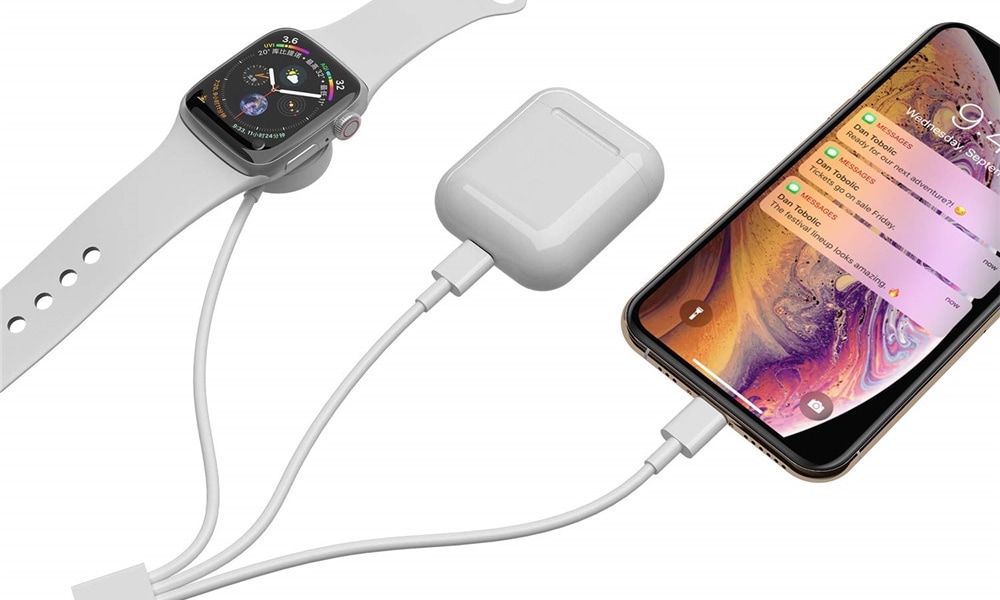
Check that your charging cable is plugging into the case and the adapter properly. Also use Apple and MFi-certified charging components for these purposes, as knock-offs may not work correctly. If your charger is old, it may be damaged and not working properly.
You should also try switching outlets in case there’s a basic electric problem with the outlet you chose. If everything looks good, open the case and take a close look inside. If your case or AirPods are dirty, they may not be connecting to charging properly. Clean everything, especially the inside of the case, and try again.
Finally, if you’re using a wireless charging pad, it’s important to remember that wireless charging doesn’t work with 1st-generation AirPods. That ability only came with 2nd-gen AirPods and AirPods Pro.


